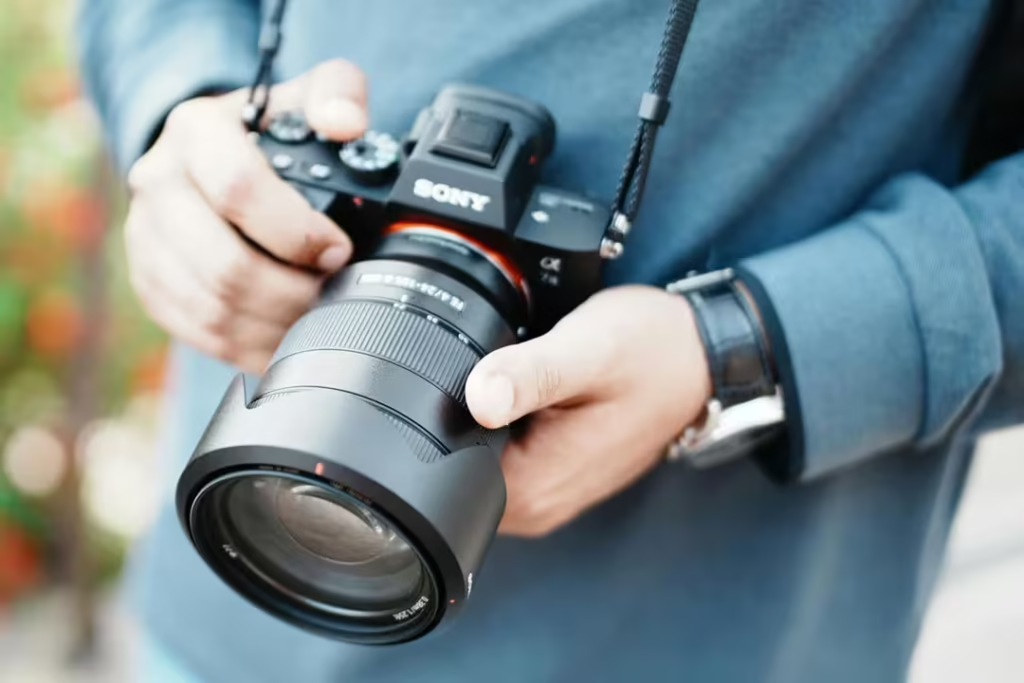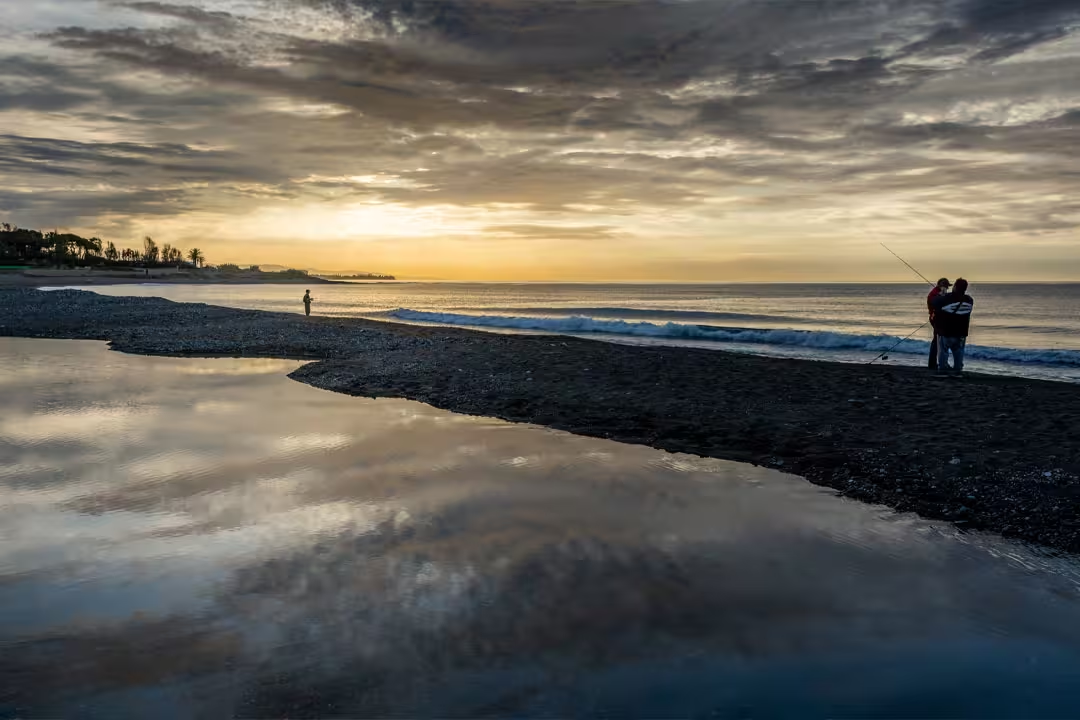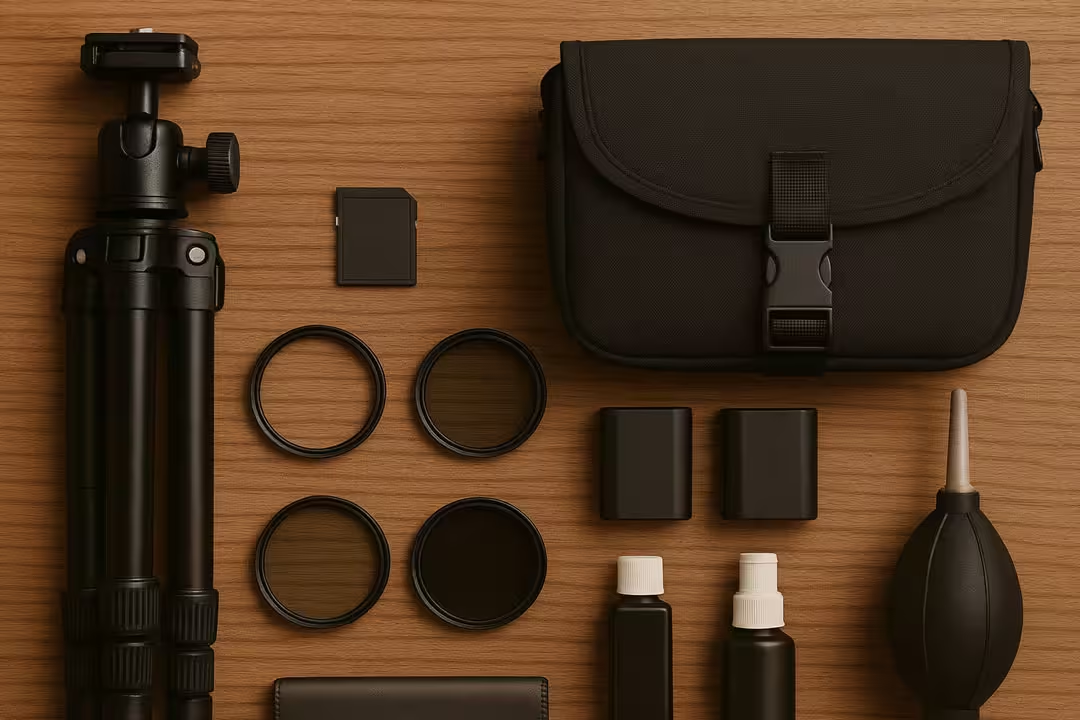
DSLR vs Mirrorless Cameras – Which Is Right for You?
As you progress in photography, you may consider upgrading from a smartphone to a dedicated camera. Two main types dominate the market today: DSLR (Digital Single-Lens Reflex) cameras and Mirrorless cameras. Both can produce excellent results, but they differ in design, performance, and practicality.
This article will help you understand the key differences so you can make the right choice for your style and needs.
Understanding the Basics
DSLR Cameras use a mirror and optical viewfinder system, similar to traditional film SLRs. When you press the shutter, the mirror flips up, allowing light to hit the sensor.
Mirrorless Cameras remove the mirror entirely, using an electronic viewfinder or the rear screen to display the image directly from the sensor.
Advantages of DSLRs
- Optical Viewfinder: You see the scene directly through the lens without digital processing.
- Long Battery Life: The optical system uses less power than electronic displays.
- Wide Lens Availability: Decades of lens development mean extensive choices for every style.
- Durability: Many DSLRs are rugged and weather-sealed, built for heavy use.
Best For: Sports, wildlife, and situations where battery life and optical clarity are critical.
Advantages of Mirrorless Cameras
- Compact and Lightweight: Without a mirror mechanism, these cameras are smaller and lighter.
- Advanced Autofocus: On-sensor phase detection allows faster, more accurate focusing, especially for video.
- Silent Shooting: Electronic shutters allow for completely silent captures.
- Better Video Capabilities: Mirrorless systems often include advanced video features.
Best For: Travel, street photography, and hybrid photo/video creators.
Key Considerations When Choosing
- Budget – DSLRs can be cheaper in the second-hand market, while newer mirrorless systems may require investing in lenses designed for the format.
- Portability – If you travel frequently, a lighter mirrorless body can be more convenient.
- Shooting Style – Sports photographers may prefer the proven reliability of DSLR systems, while vloggers and videographers often choose mirrorless.
- Future-Proofing – The camera industry is heavily investing in mirrorless technology, meaning new lens releases and innovations are focused there.
Practical Assignment
Visit a local camera store and handle both DSLR and mirrorless cameras. Pay attention to:
- Weight and balance in your hands.
- Viewfinder experience.
- Button layout and ease of access.
- How quickly the camera focuses and shoots.
Hands-on experience can often make the decision clear.
Conclusion
There is no universal “better” choice — the best camera is the one that suits your style, needs, and budget. DSLRs remain strong contenders in certain fields, but mirrorless cameras are rapidly becoming the standard in both consumer and professional photography.
In the next article, we’ll take a hands-on look at the Fujifilm X100VI, a compact camera that’s capturing the attention of street and travel photographers worldwide.
DSLR vs Mirrorless Cameras – Which Is Right for You?

As you progress in photography, you may consider upgrading from a smartphone to a dedicated camera. Two main types dominate the market today: DSLR (Digital Single-Lens Reflex) cameras and Mirrorless cameras. Both can produce excellent results, but they differ in design, performance, and practicality.
This article will help you understand the key differences so you can make the right choice for your style and needs.
Understanding the Basics
DSLR Cameras use a mirror and optical viewfinder system, similar to traditional film SLRs. When you press the shutter, the mirror flips up, allowing light to hit the sensor.
Mirrorless Cameras remove the mirror entirely, using an electronic viewfinder or the rear screen to display the image directly from the sensor.
Advantages of DSLRs
- Optical Viewfinder: You see the scene directly through the lens without digital processing.
- Long Battery Life: The optical system uses less power than electronic displays.
- Wide Lens Availability: Decades of lens development mean extensive choices for every style.
- Durability: Many DSLRs are rugged and weather-sealed, built for heavy use.
Best For: Sports, wildlife, and situations where battery life and optical clarity are critical.
Advantages of Mirrorless Cameras
- Compact and Lightweight: Without a mirror mechanism, these cameras are smaller and lighter.
- Advanced Autofocus: On-sensor phase detection allows faster, more accurate focusing, especially for video.
- Silent Shooting: Electronic shutters allow for completely silent captures.
- Better Video Capabilities: Mirrorless systems often include advanced video features.
Best For: Travel, street photography, and hybrid photo/video creators.
Key Considerations When Choosing
- Budget – DSLRs can be cheaper in the second-hand market, while newer mirrorless systems may require investing in lenses designed for the format.
- Portability – If you travel frequently, a lighter mirrorless body can be more convenient.
- Shooting Style – Sports photographers may prefer the proven reliability of DSLR systems, while vloggers and videographers often choose mirrorless.
- Future-Proofing – The camera industry is heavily investing in mirrorless technology, meaning new lens releases and innovations are focused there.
Practical Assignment
Visit a local camera store and handle both DSLR and mirrorless cameras. Pay attention to:
- Weight and balance in your hands.
- Viewfinder experience.
- Button layout and ease of access.
- How quickly the camera focuses and shoots.
Hands-on experience can often make the decision clear.
Conclusion
There is no universal “better” choice — the best camera is the one that suits your style, needs, and budget. DSLRs remain strong contenders in certain fields, but mirrorless cameras are rapidly becoming the standard in both consumer and professional photography.
In the next article, we’ll take a hands-on look at the Fujifilm X100VI, a compact camera that’s capturing the attention of street and travel photographers worldwide.




